Description
The third edition of Economics has a different look to the previous two editions. Feedback from users, both students and instructors, has resulted in some reorganization of the material and some new sections covering more depth in both micro- and macroeconomic issues. Readers should note that this edition adapts Greg Mankiws best-selling US undergraduate Economics text to reflect the needs of students and instructors in the UK and European market. As each new edition is written, the adaptation evolves and develops an identity distinct from the original US edition on which it is based. We have tried to retain the lively, engaging writing style and to continue to have the novice economics student in mind.
Economics touches every aspect of our lives and the fundamental concepts which are introduced can be applied across a whole range of life experiences. Economics is a study of mankind in the ordinary business of life. So wrote Alfred Marshall, the great 19th-century British economist, in his textbook, Principles of Economics. As you work through the contents of this book you would be well advised to remember this. Whilst the news might focus on the world of banking and finance, tax and government policy, economics provides much more than a window on these worlds. It provides an understanding of decision making and the process of decision making across so many different aspects of life. You may be considering travelling abroad, for example, and are shocked at the price you have to pay for injections against tropical diseases.
Should you decide to try and do without the injections? Whilst the amount of money you are expected to give up seems high, it is a small price to pay when you consider the trade-off – the potential cost to you and your family of contracting a serious disease. This is as much economics as monetary policy decisions about interest rates and firms decisions on investment. Welcome to the wonderful world of economics – learn to think like an economist and a whole new world will open up to you
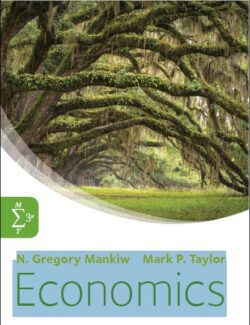
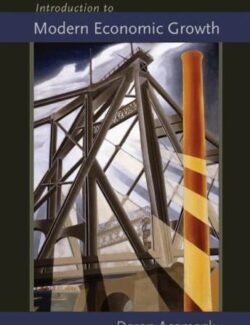

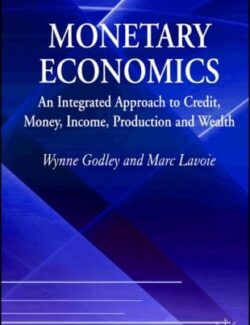
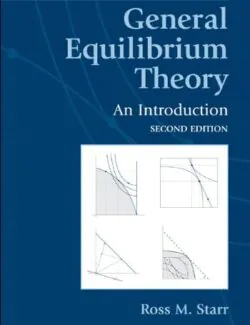
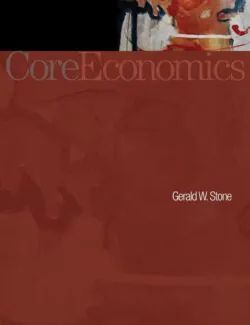
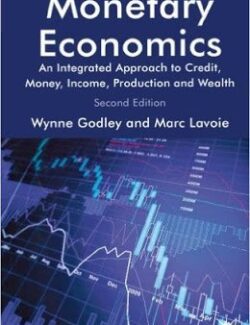
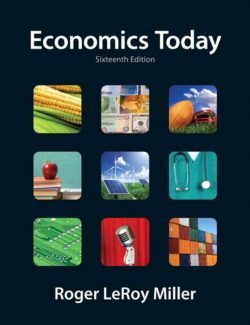


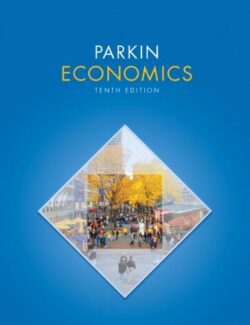
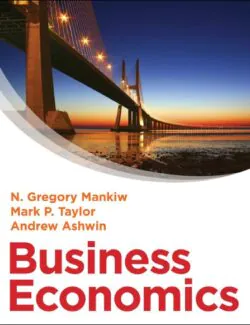
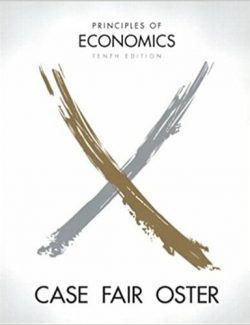
Leave us a comment
No Comments